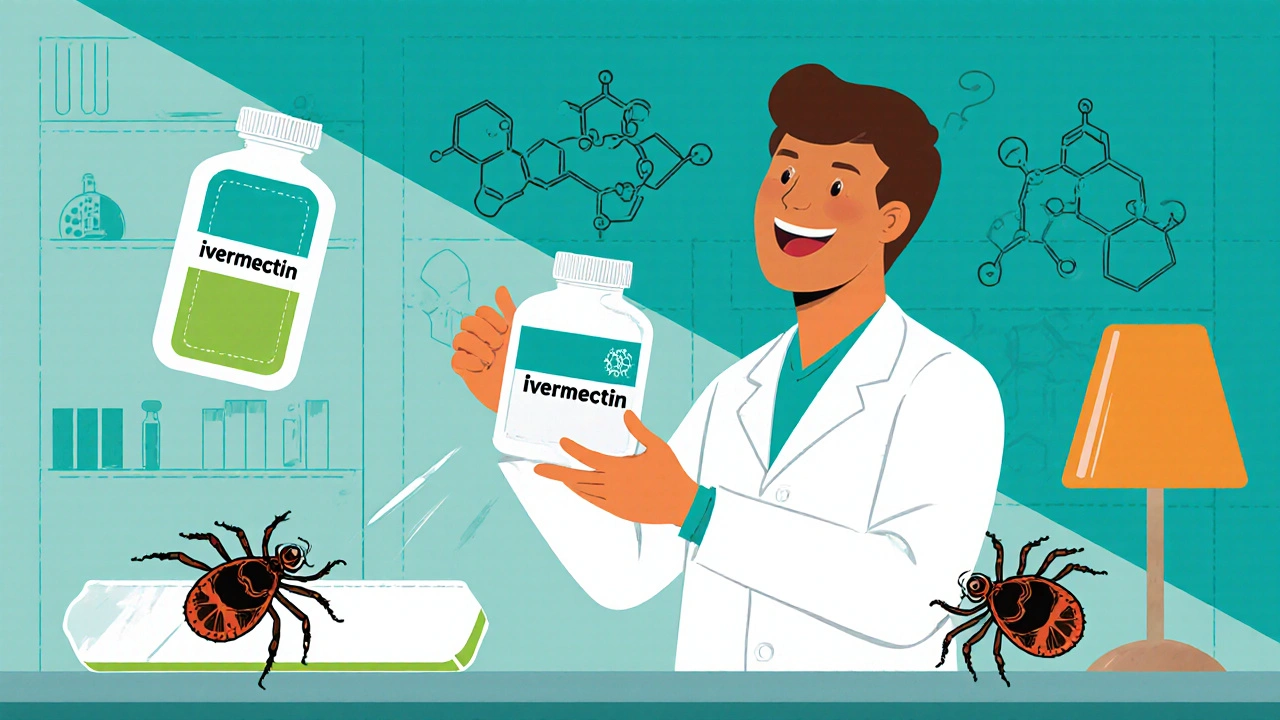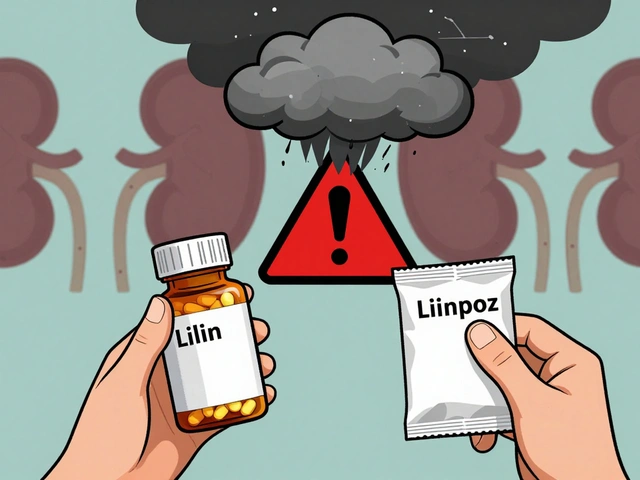Ticks: What They Are, How They Spread Disease, and What to Do
When you step into tall grass or walk through the woods, you might not think much about the tiny creatures clinging to your skin—but ticks, parasitic arthropods that feed on the blood of mammals, birds, and sometimes reptiles and amphibians. Also known as blood-sucking arachnids, they’re not insects—they’re closer to spiders. And while most don’t carry disease, the ones that do can make you very sick, fast. Ticks don’t jump or fly. They wait. They climb onto blades of grass or low branches and grab onto you when you brush past. Once attached, they burrow in and feed for days, slowly swelling up like tiny balloons filled with blood.
This is where the real danger starts. Lyme disease, a bacterial infection spread primarily by black-legged ticks in North America and Europe is the most common tick-borne illness in the U.S. But ticks can also carry Rocky Mountain spotted fever, a serious infection caused by Rickettsia bacteria, and even anaplasmosis, a condition that attacks white blood cells and causes fever, chills, and muscle pain. These aren’t rare edge cases. Thousands of people get infected every year, and many don’t realize it until symptoms get bad. The key is catching ticks early—before they’ve fed long enough to pass on germs.
Removing a tick properly matters. Squeezing it, twisting it, or using matches or nail polish won’t help—and might even make things worse. You need fine-tipped tweezers, a steady hand, and to pull straight up with even pressure. Most people don’t know that ticks can stay attached for 24 to 48 hours before transmitting disease. That’s your window. Check yourself after being outdoors. Look between your toes, behind your ears, under your arms, and in your hairline. Keep your pets checked too—they bring ticks inside without you even noticing.
Prevention isn’t just about repellents. Wearing long pants tucked into socks, using permethrin-treated clothing, and staying on trails reduce exposure. Showering within two hours of coming inside helps wash off unattached ticks. And if you find one that’s already burrowed in, save it in a sealed bag. Doctors can test it for pathogens if you start feeling off later.
The posts below cover everything from how to spot a tick bite that’s turning dangerous, to which medications are used when infection happens, and even how some drugs interact with tick-borne illness treatments. You’ll find real-world advice on managing symptoms, recognizing warning signs, and avoiding mistakes that could turn a small problem into a long-term health issue. This isn’t just about avoiding bugs—it’s about knowing what to do when they find you.






